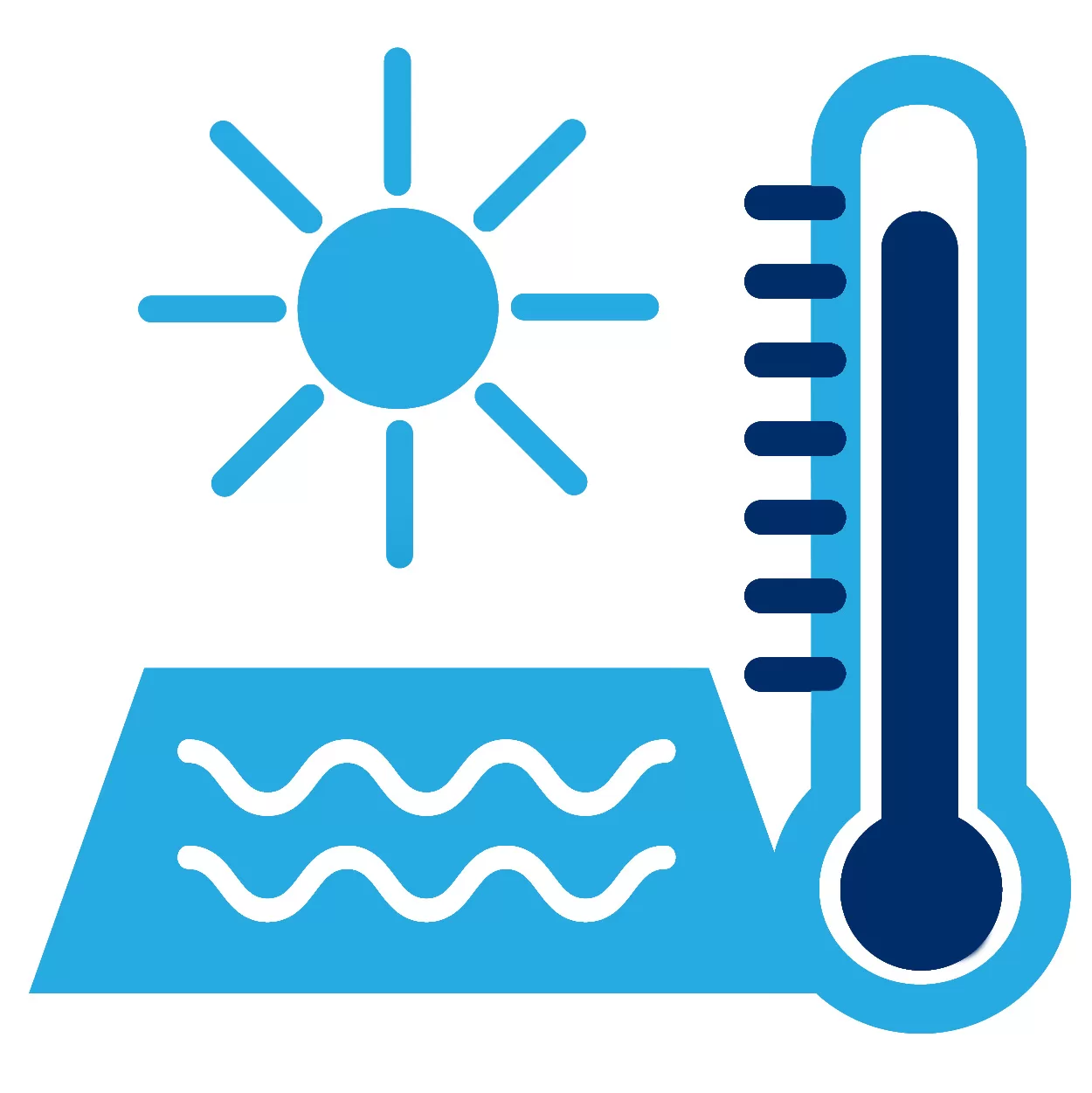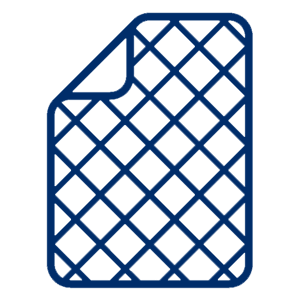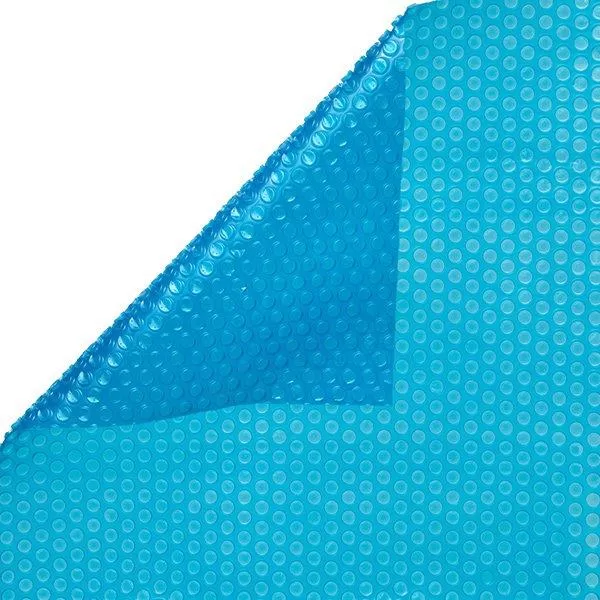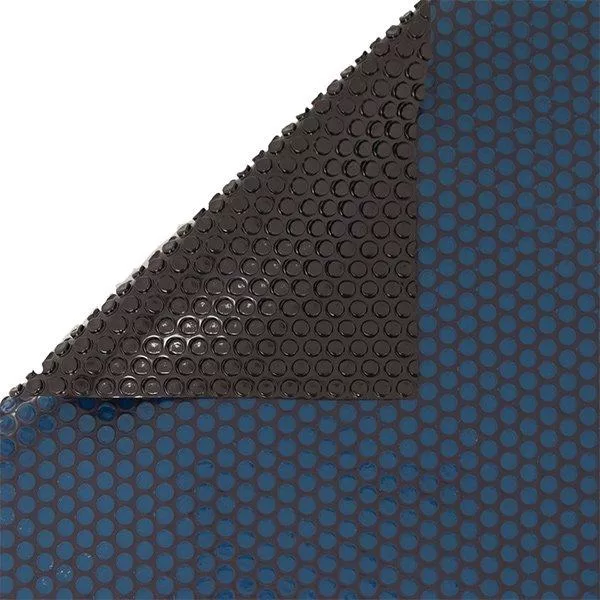FREE Standard Shipping On All Orders $100 or More!*

Pool Solar Covers: Does Color Matter?
Protect your pool against the sun's harsh rays with pool solar covers. This type of cover will protect your water and the chemicals within from being evaporated and depleted by the sun and heat. But don't just buy any cover. Choosing the right color and thickness will make all the difference to your pool water. Keep reading to find out more.
How a Solar Cover Works

A pool solar cover, placed bubble-side down, provides a dual purpose. First, the cover will absorb the heat energy into the plastic, and heat-up the air-filled bubbles. The solar energy is then transferred to the water, by the simple act of conduction.
The second purpose of a pool cover is to prevent evaporative heat loss. An uncovered pool loses surface heat at a rapid rate, especially during cool nights. For many pool owners, stopping heat loss is a major benefit of using a cover. Research has shown pool solar covers are 95% effective in stopping heat loss and water evaporation.
Another benefit to using a cover is prolonging the effectiveness of water chemicals. It reduces chemical degradation from UV radiation by absorbing the radiation and shielding the pool water. Additionally, pool solar covers also protect against off-gassing of chlorine at the surface.
Does Color Make a Difference?
The color of your pool solar cover makes more of a difference than you might think. There are many colors of solar blankets now available, in light blue, dark blue, silver/gray colors, and translucent clear blankets.

Clear Pool Covers
Clear pool solar covers allow more light energy to penetrate the water. Because of the easier passage of light through the plastic, these covers may absorb less heat than other colors. However, the heat gain provided by the clear cover is generally more than colored solar covers.
Clear covers transfer most of the UV light directly into the water. This will degrade chlorine levels near the water surface, resulting in the need to purchase chlorine more often.
Light Blue Pool Covers

Light blue pool solar covers do a better job at trapping heat in the pool. As well as blocking UV rays more effectively, which conserves pool water chemicals.
However, light blue covers can block much of the heat trying to enter your pool. According to the U.S. Department of Energy, an opaque pool solar cover blocks nearly 2x the amount of pool-warming light energy, compared to a transparent cover.
Dark Blue Pool Covers

Dark blue pool solar covers do the best job at keeping heat in your pool. But although heat absorption is higher with a darker colored solar cover, the net heat gained during the day is less than with clear covers.
Thus, a clear pool cover would be the best to use for heat gain, and a dark blue color would be the best option for heat retention. Light blue pool solar covers appear to be a happy medium between heat absorption and retention. It's also the most popular color.
If you only use a pool solar cover at night, go with a darker cover, and if you only use it during the day, go with a transparent color. Or for the best of both worlds, go with standard light blue pool solar cover.
Does Thickness Matter?
Pool solar covers can be found in 8 millimeter, 12 millimeter, or 16 millimeter thickness. In terms of performance, a thinner cover will allow more heat to pass through to the water, but a thicker cover will absorb more heat. Thicker covers are also more durable against UV rays, water chemicals, and punctures or tearing.
16 millimeter solar covers are usually quite heavy and can be a struggle to move on and off the pool. Long covers can make the reels sag in the middle, or roll up too thickly to fit on the edge of your pool. 12 millimeter covers are the perfect middle ground and are the most popular.
How Long Do Solar Covers Last?
The largest killers of pool solar covers are high chlorine levels and low pH levels in your pool water, and leaving it out in direct sunlight.
Never place your cover on the pool after shocking the pool, or when the chlorine level is above 2.5 ppm. High chlorine levels or low pH levels slowly eat away at covers, making them brittle.
Be sure to cover your blanket when it is off the pool, or place it safely in the shade. When folded on-deck or rolled upon a solar reel, air bubbles on the cover act as prisms to attract UV rays, which deteriorate the plastic bubbles.
When protected from sun when off the pool, and not used when chlorine levels are high — a solar blanket can last 5–7 years. Ironically, strong solar rays will eventually destroy a cover. If your pool gets 8 hours of direct daily sun, in the hotter parts of the country, you may only get 2–4 years of use, even with good care.
We hope this post has given you insight into what pool cover is best for you! Keep in mind what goal you have for your solar cover. Do you want to retain heat in your pool, or block it from entering in the first place? The color of the cover you choose may not give you the desired result, so choose wisely!